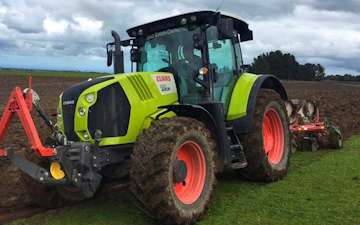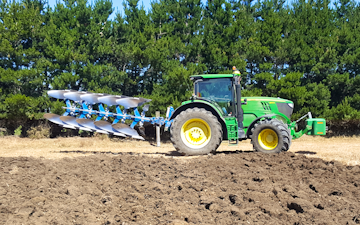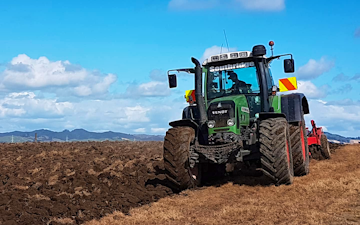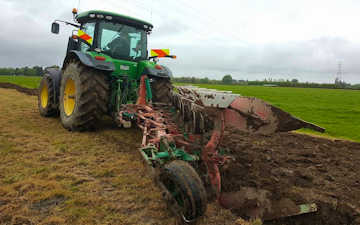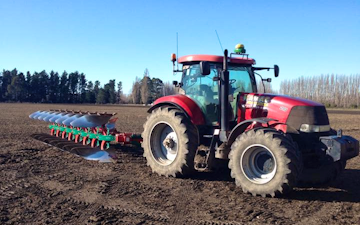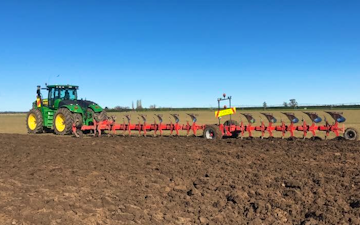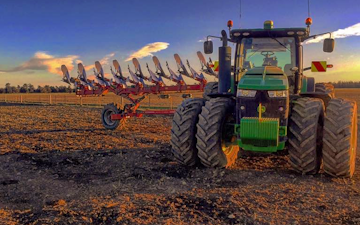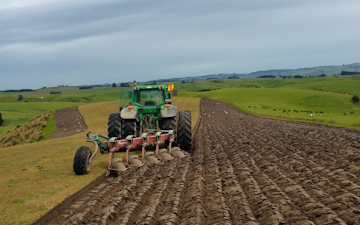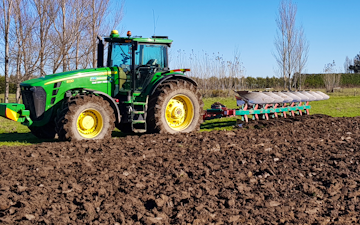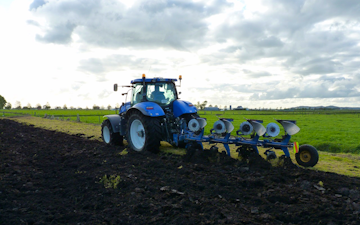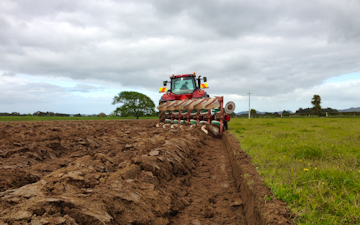Ploughing
See who offers ploughing near you.
Ploughing
In history, a plough is one of the most seminal inventions for agriculture. It suddenly made it possible for the farmer to grow much larger fields using less labor. For hundreds of years ploughing has been the only way to prepare the soil for seeding, but today farmers are experimenting a lot in how they can drill without having to plough beforehand. They have already come a long way, and in many countries, this is becoming more and more popular. Besides making the soil easier to work with the purpose of plowing is also to turn weeds and pests deep down in the ground. And most importantly, getting rid of the remainings left from the previous crop. Advanced drills can today break through the remainings which have led the way to no-till drilling.
The plow has changed shape many times through history from being hand-pushed to be pulled by a tractor - from one furrow to more than 20 furrows today. In recent years the biggest revolution came when we the reversible plough was introduced. Other add-on came in the shape of the disc and skim colters, furrow cracker, maize skimmers, hydraulic spring trip legs, and hydraulic vari-width. The “on land plough” also added a new dimension to ploughing. This allowed the plough to be extended with a large number of furrows.
Ploughing rates
The rate for ploughing can either be calculated in hours or hectares (acres). Depending on the type of soil, the price will also vary a lot. Sandy soil is very easy to turn whereas clay soil is difficult and will require more horsepowers
